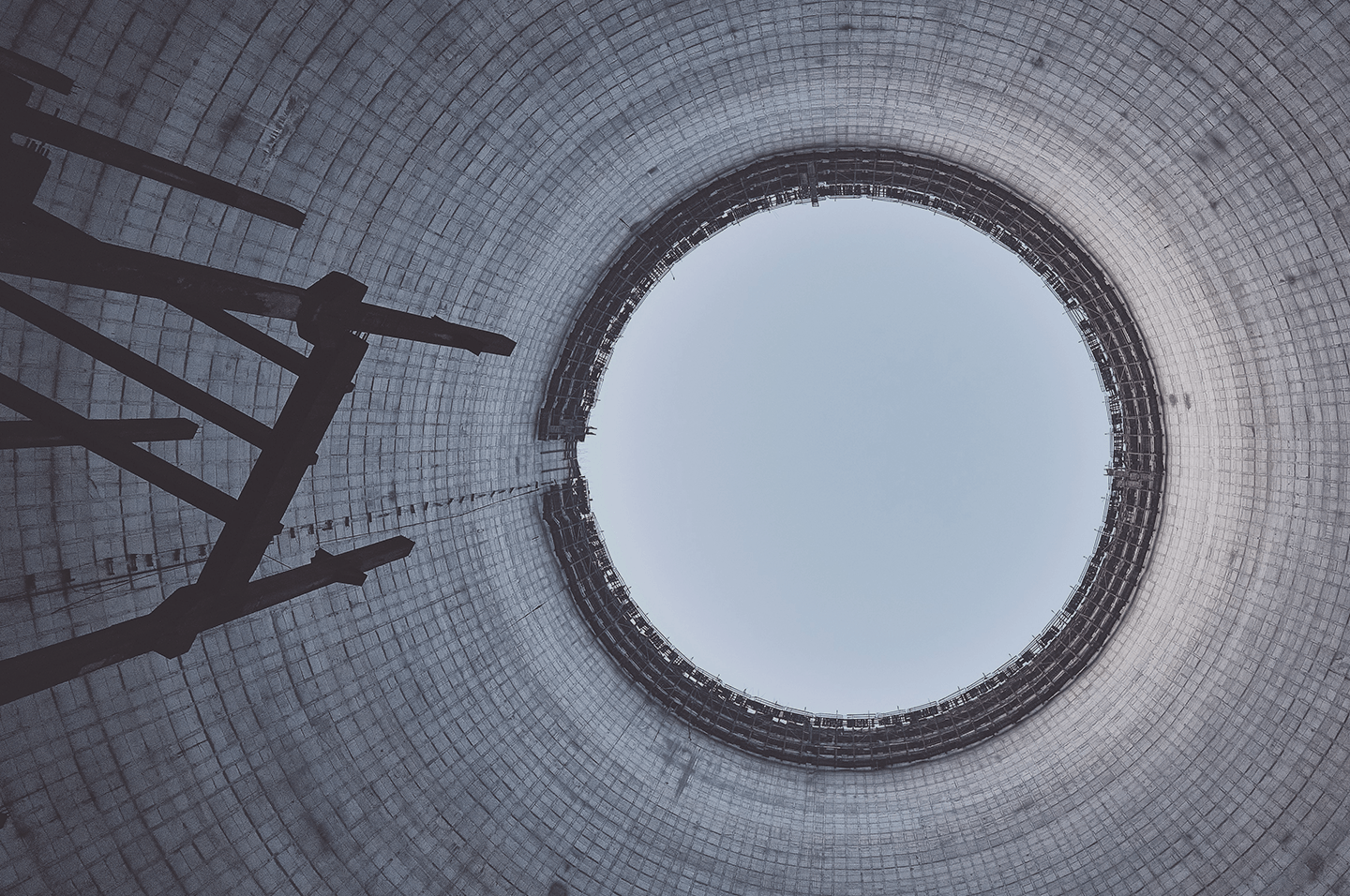
Radioactive
Despite being relatively clean and abundant, nuclear energy production is down from 2006 highs. Why is this happening while solar and wind energy production soar.
Perhaps the most polarising energy source there is, nuclear is more widely used than solar, wind, tidal and geothermal combined. Still, its production is below 2006 highs. Let’s dive deeper into the state of the global nuclear energy market.
Nuclear currently provides around 10% of the world’s power. France generates over 75% of their power from nuclear sources but the US and China are the biggest consumers globally. While nuclear power is not renewable, it is a completely clean energy source. In a world shifting to green energy adoption, nuclear use is relatively stagnant.
While there are safety concerns over nuclear, its benefit over other renewables like wind and solar comes in the fact that power can be generated independent of weather conditions. Nuclear plants run at maximum capacity 92.5% of the time while solar is less than 25% of the time. This explains why Nuclear is in the clean-energy conversation, to begin with.
Then comes the cost. Nuclear power is expensive. Price is compared by looking at the cost to produce each megawatt-hour. 1 MW-h powers about 813 US homes for an hour. Nuclear is the most expensive, costing as much as US$189/MWh according to research from Lazard. Wind and certain forms of solar are the most cost-effective. Such forms of energy have also seen huge reductions in price. Solar costs have dropped by a factor of five in the last decade. Nuclear technology has seen development stall. Oil and gas are middle-priced options but have an even greater societal cost when the negative externalities of production are considered.
Nuclear is in a usage uptrend even if below all-time-highs in consumption. It’s becoming obvious that a combination of all green energy sources will power our future.